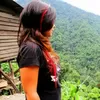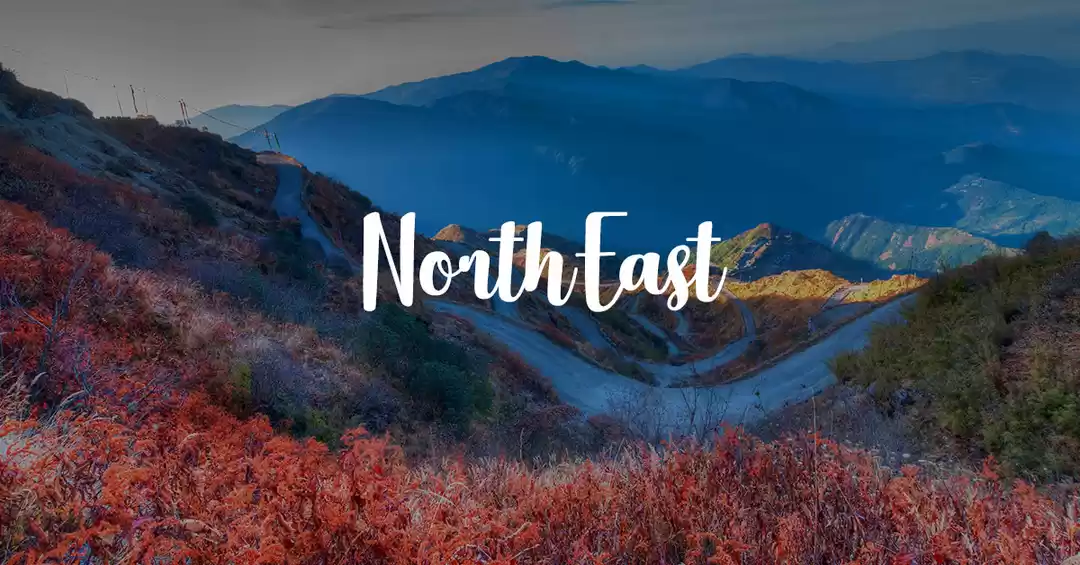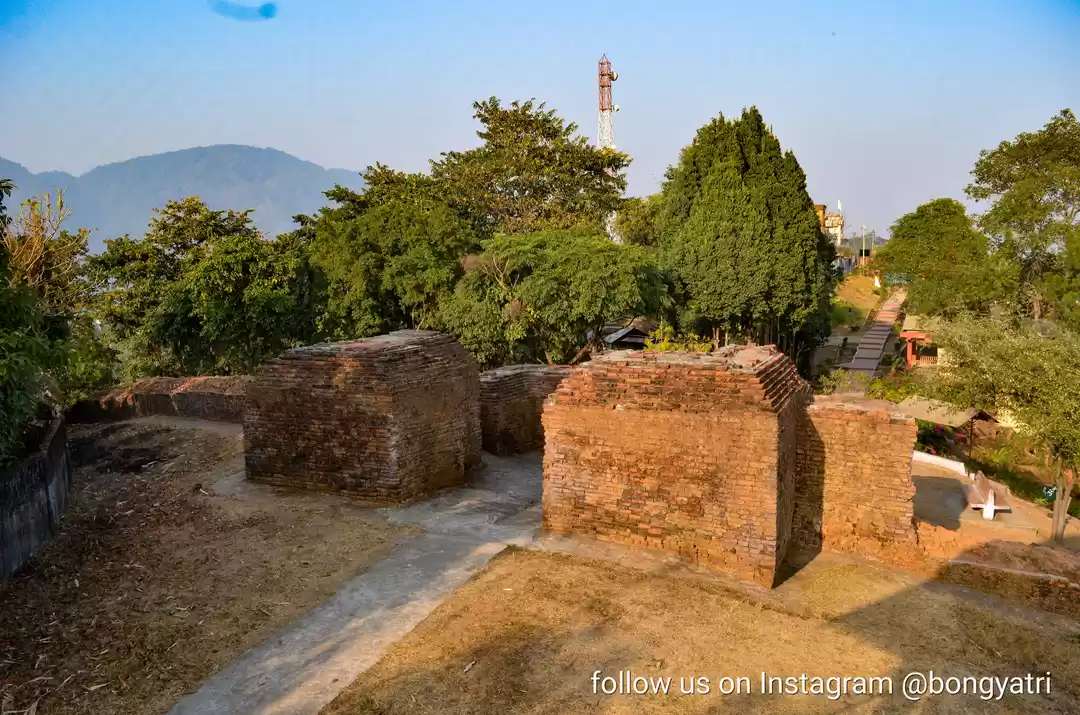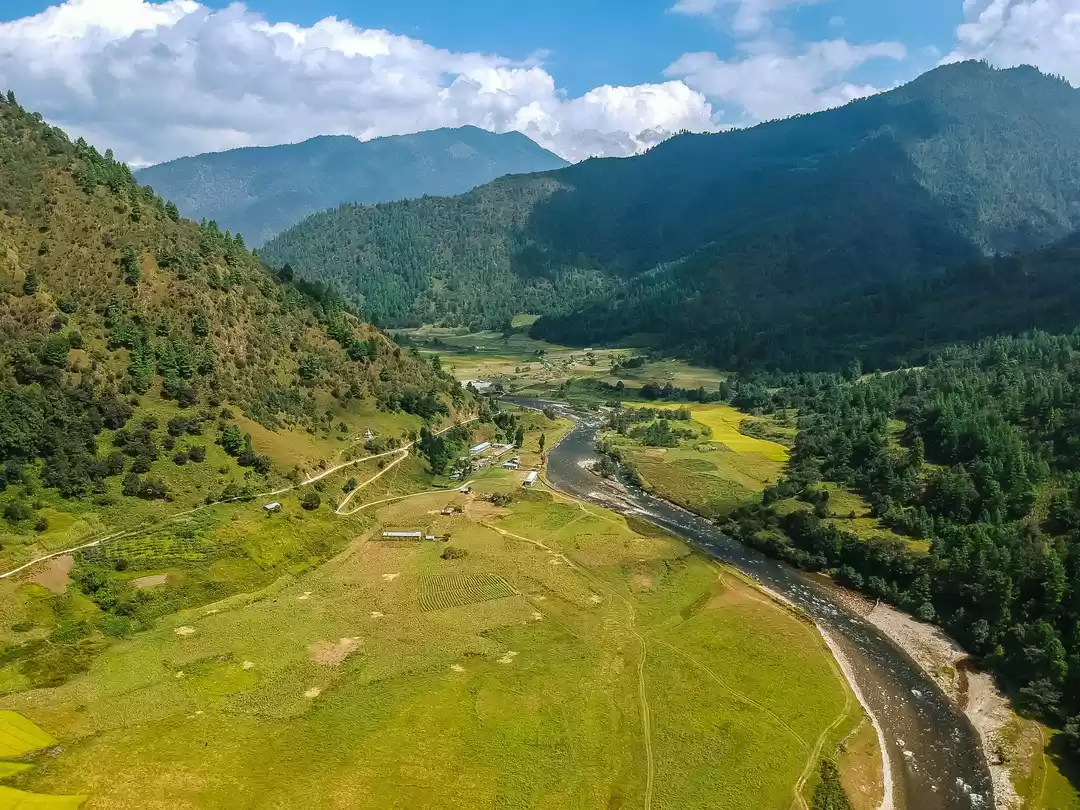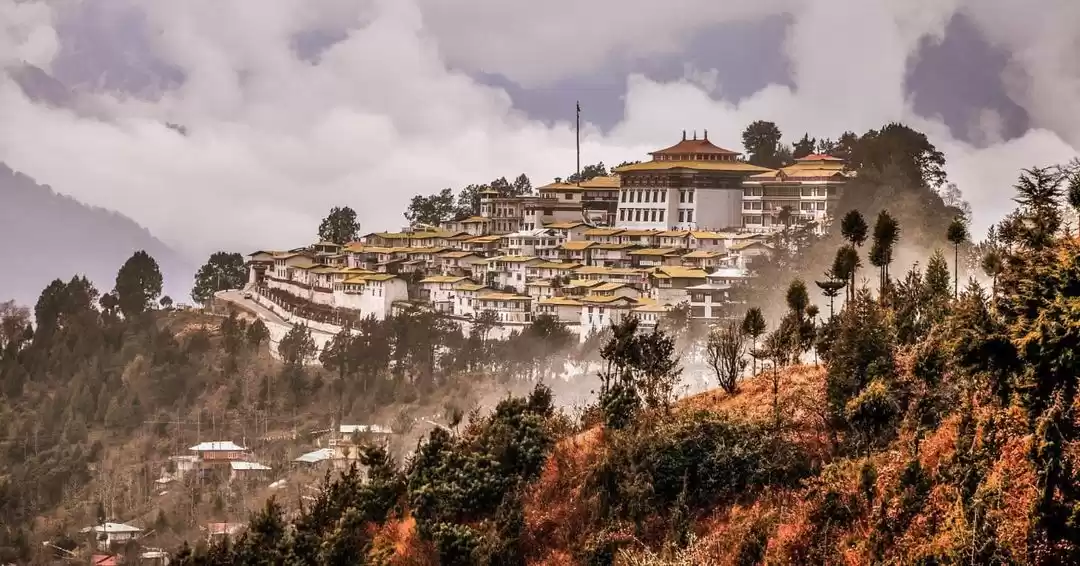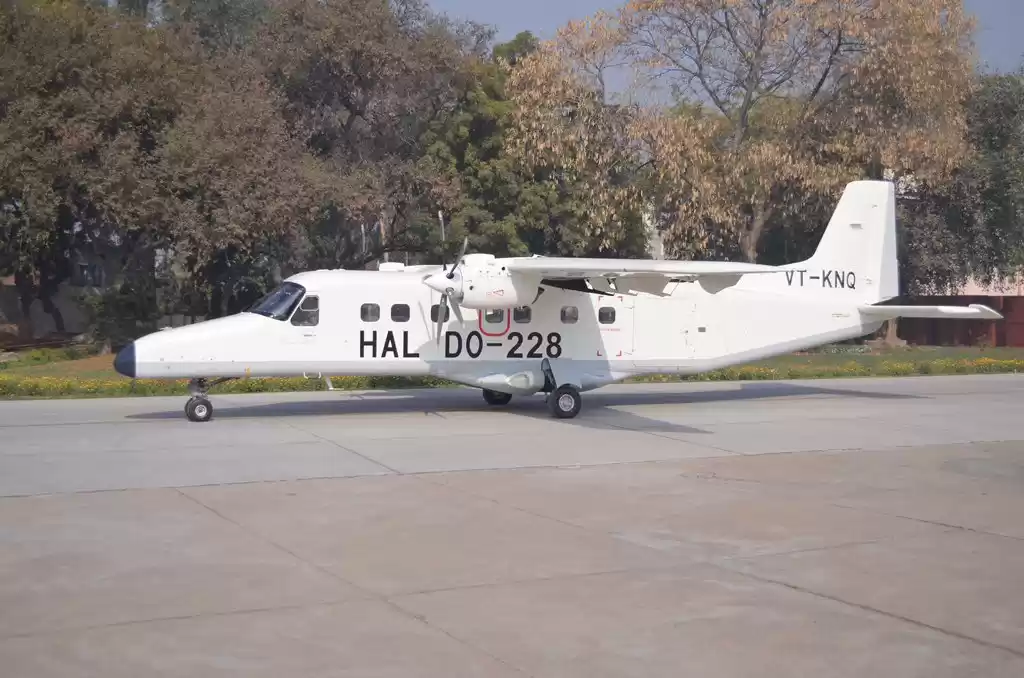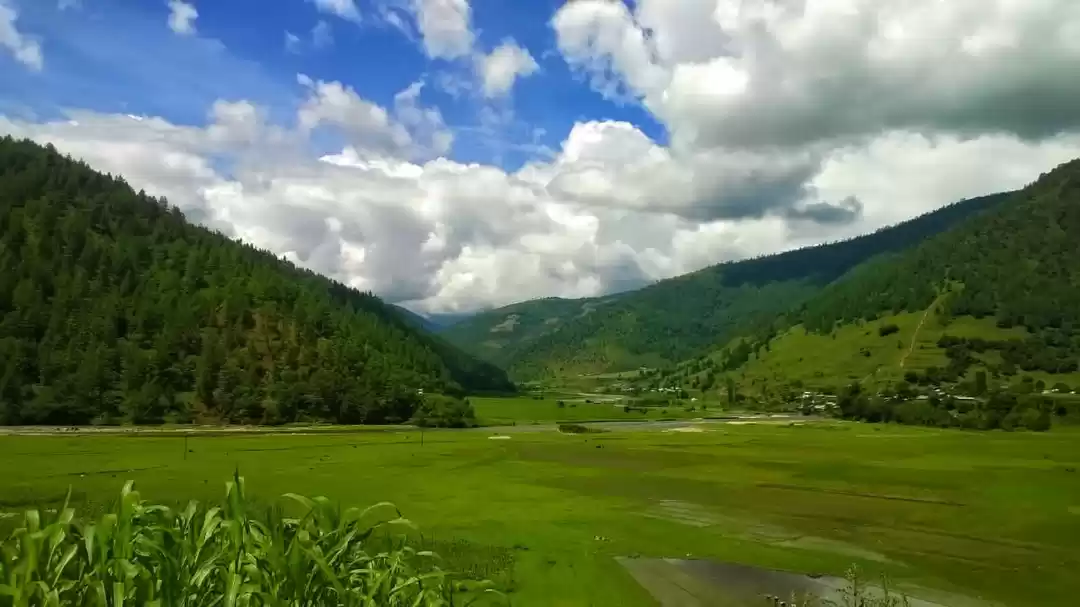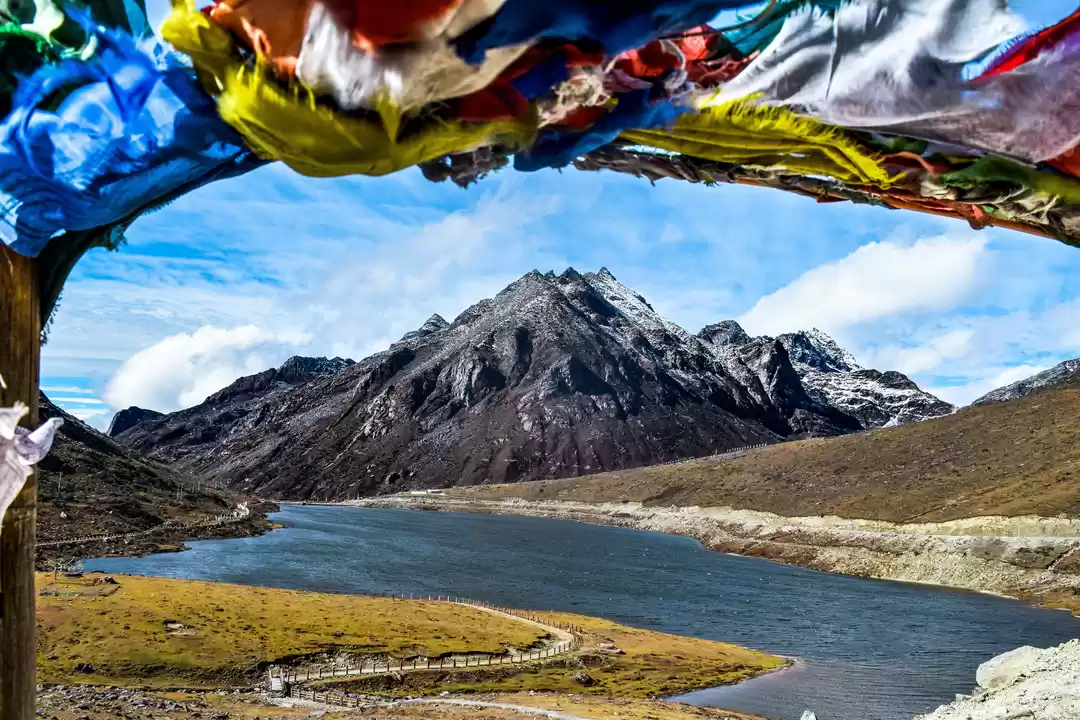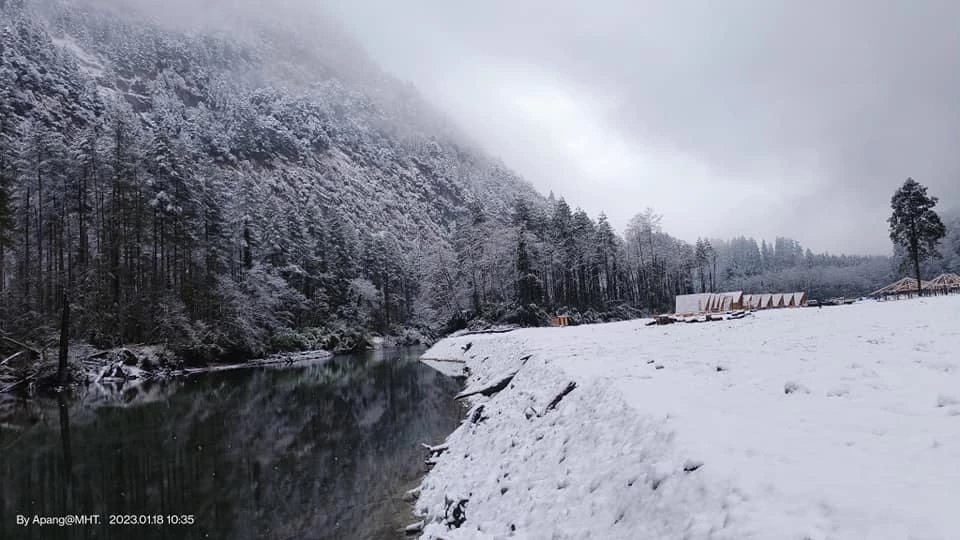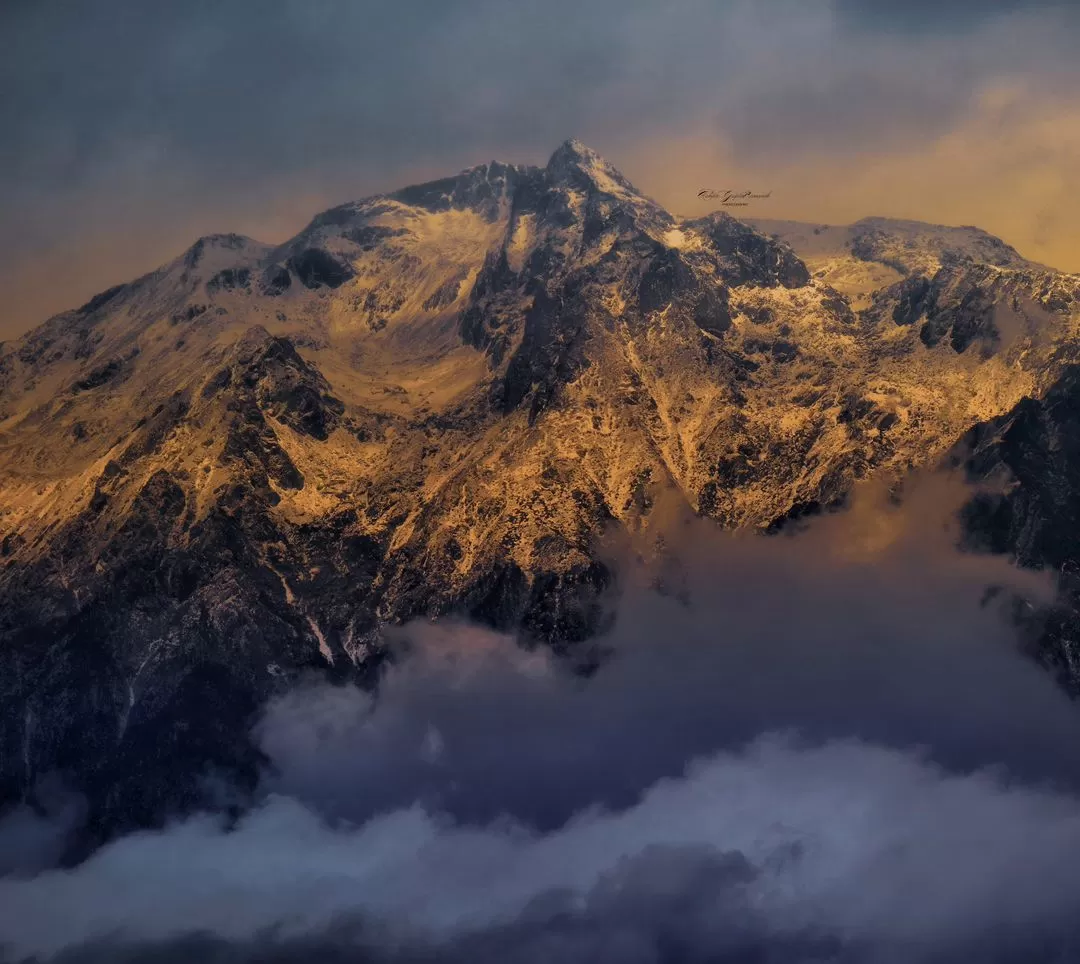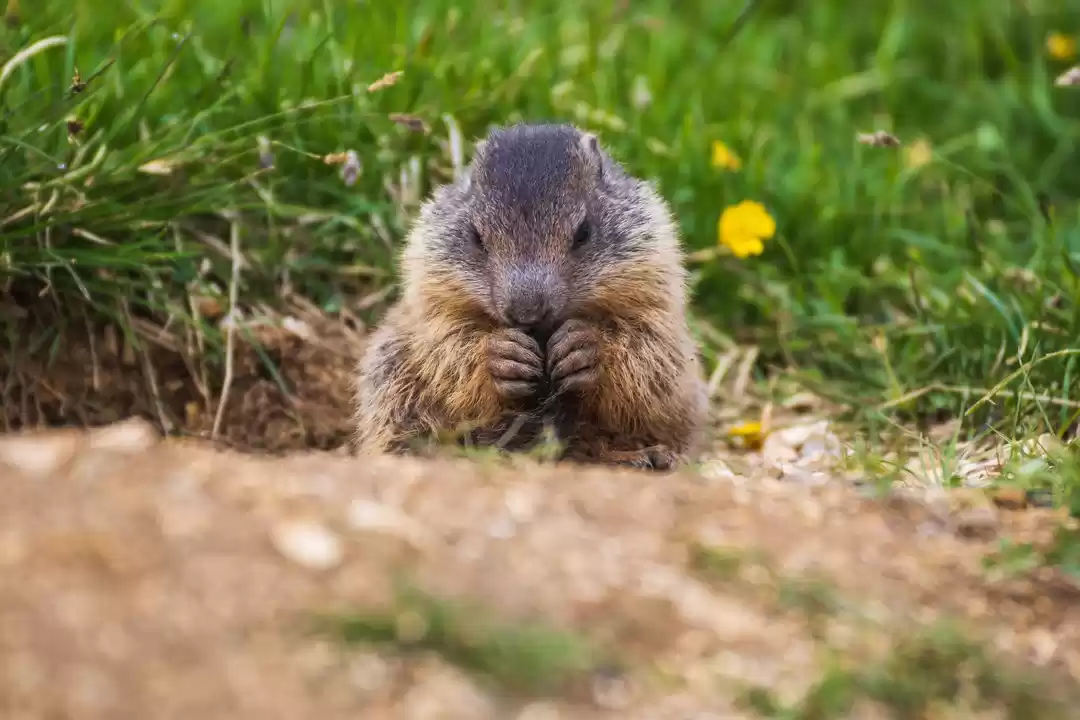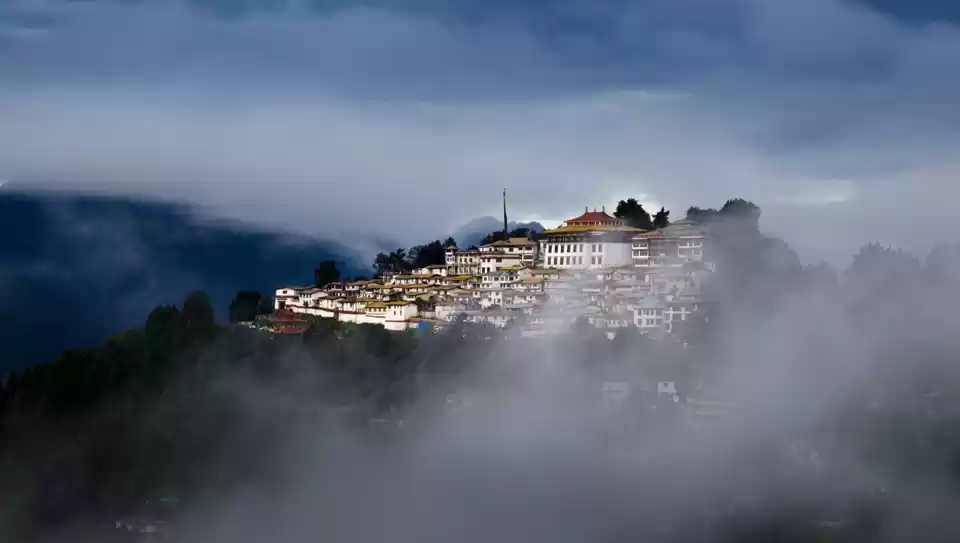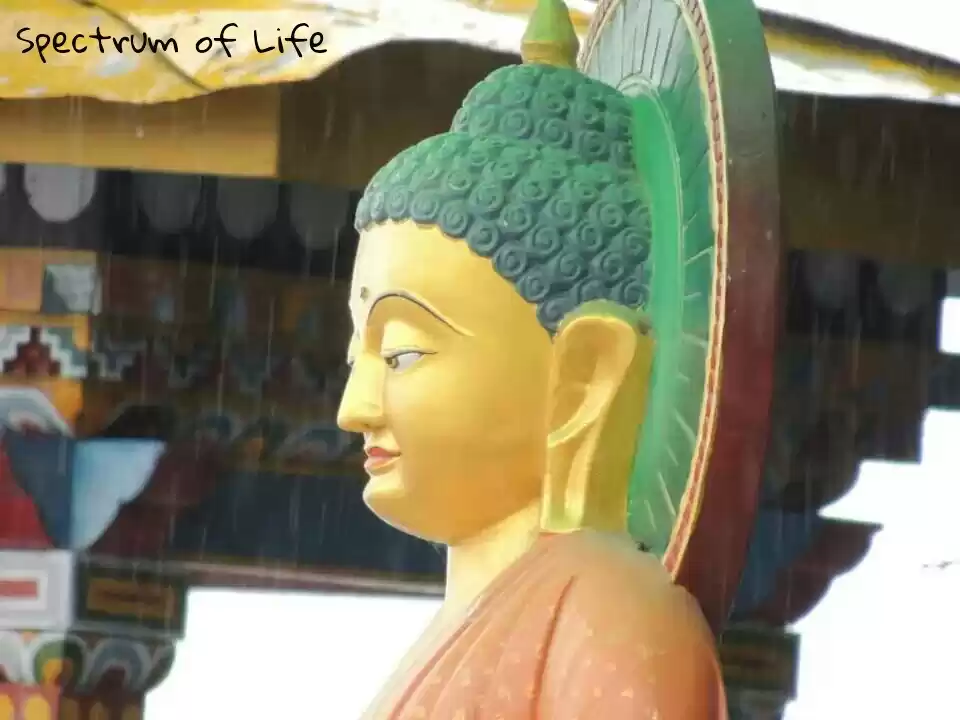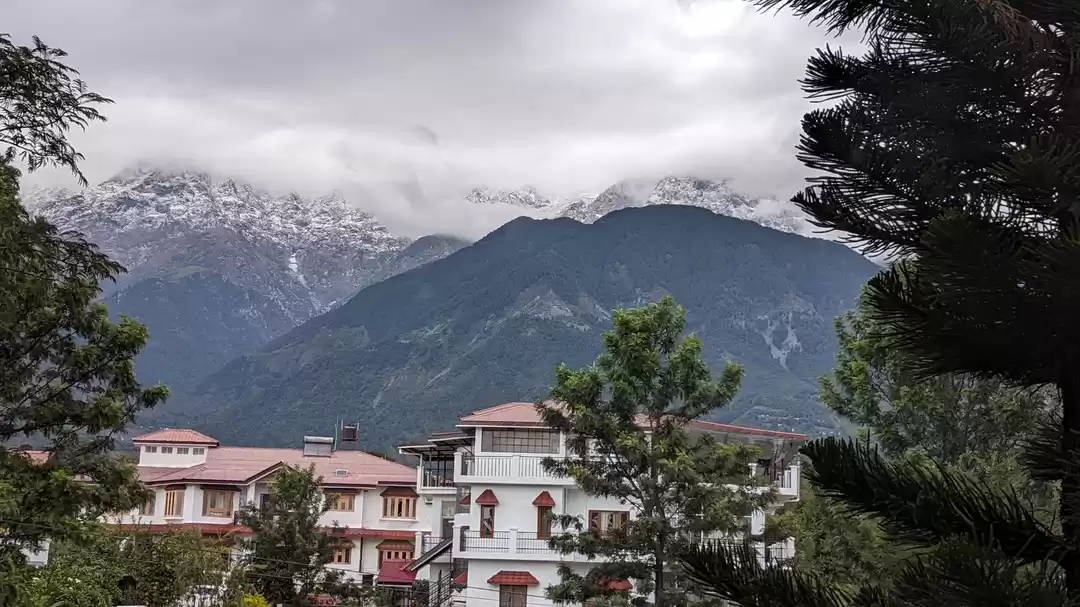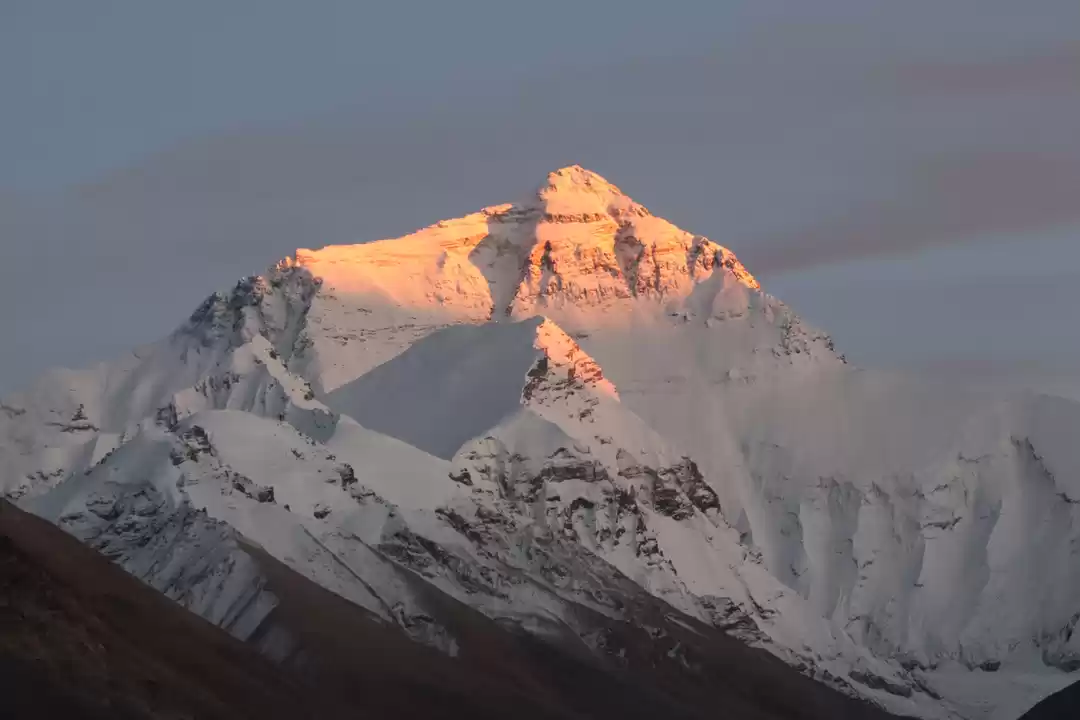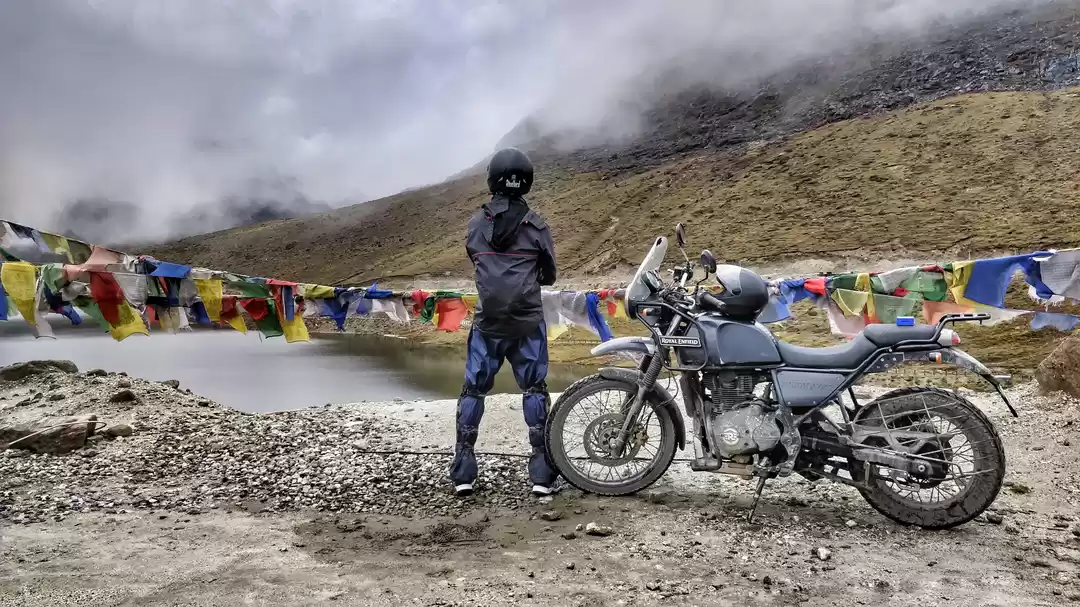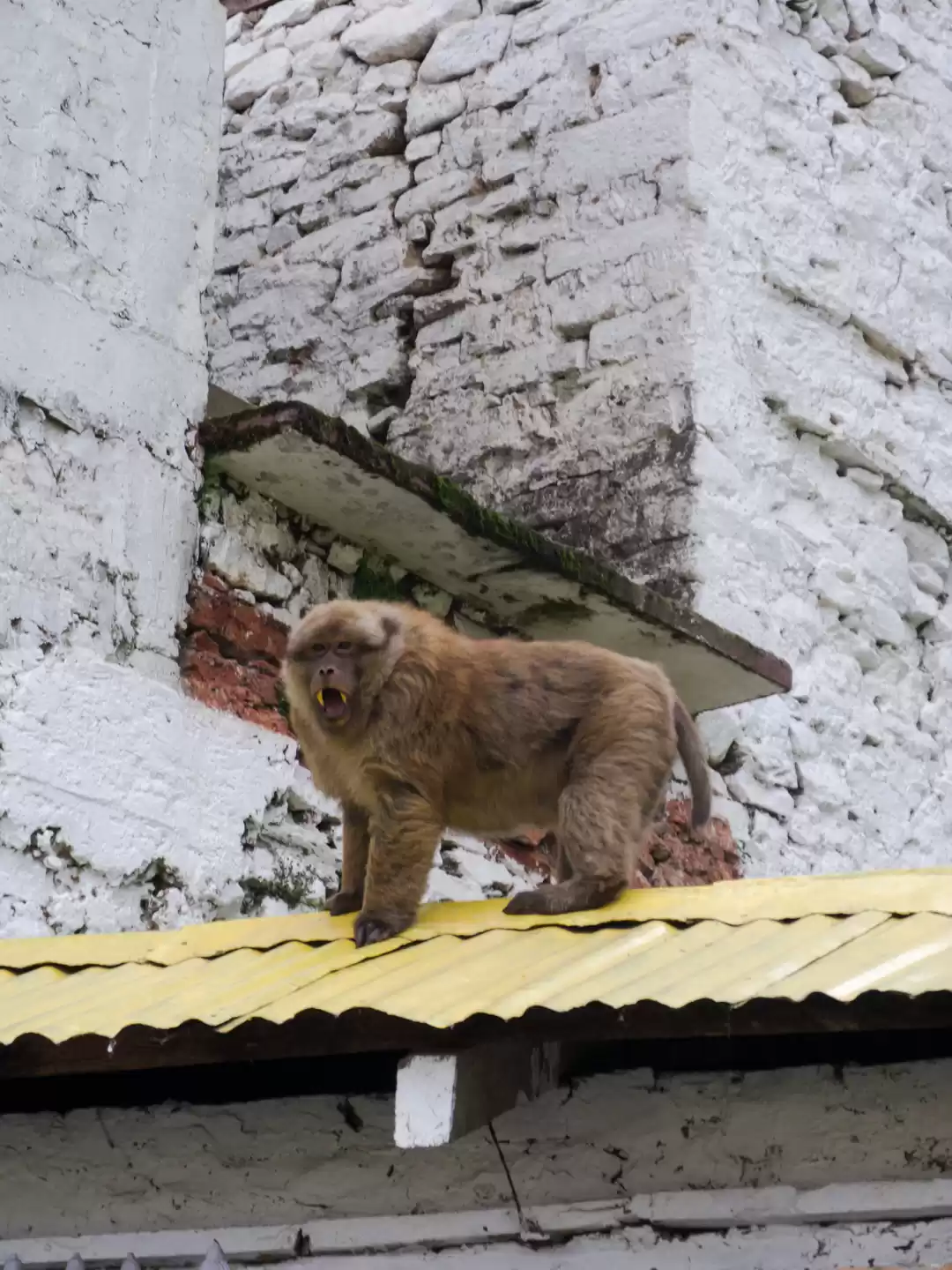
If Shangri-La conjures up images of a hidden paradise, happy folks, mellifluous chants floating in the air and mystical monks absorbed in prayers then Tawang is that fabled land. Traversing hundreds of kilometers across mountainous terrain we had arrived at Arunachal’s piece-de-resistance - the Tawang monastery. Aptly named Galden Namgyal Lhatse, meaning celestial paradise, it is surpassed in antiquity only by the temple at Lhasa.
It was a drizzly morning when we hauled up in front of the majestic structure perched atop a ridge and shrouded by a perennial mist. Here we were received by Lobsang Thapke, an senior monk. An elderly gentleman with a soft demeanour, his tiny eyes effused intelligence and compassion in about equal parts. Over the next few hours he unraveled a fascinating history of the monastery, his riveting oratory frequently interspersed with light hearted anecdotes.


Tawang derives its name, he explained, from Ta, meaning horse and Wang, meaning chosen. Merak Lama, who had received the mandate to construct a monastery from the 5th Dalai Lama, had failed to find a suitable place. He decided to pray and on opening his eyes, he found his steed standing quietly on a hill-top. Considering this as divine intervention, he decided to construct the monastery there. It was founded in late 1681 with the help of volunteers from neighbouring villages.
Several stories later, Lobsang Lama took us on a tour around the monastery complex. He lollopped along leading us first into the community kitchen. It was a whopping rectangular space housing behemoth cooking paraphernalia, churning out the daily fare for 400 monks since time immemorial. We then visited the library. Established in 1681, it houses an eclectic collection of priceless documents and religious texts.

We ambled around the courtyard, soaking in the warmth of the simple, unpretentious people. Surrounded by misty mountains, the place seemed to have an eerie, ethereal quality. The senior monks diligently went about with the day’s work. The boy monks, clothed in their maroon robes, were a delight to watch. They were ever so slightly tempted to break into a run or leap in the air but seemed to be bound by a subdued restraint. The two of us made an amusing spectacle, one making copious notes, the other clicking incessantly. The history of the place was almost palpable; every stone seemed to have a story of its own.



We strolled around before arriving at the most intriguing and gorgeous main temple called Dukhang. A delightful fragrance filled our nostrils, warm and fresh and flowery all at once. A soft glow from the butter lamps illuminated the interiors in a mellow light. In this half-light came alive a plethora of deities, elaborate mural paintings and thangkas (scroll paintings of Buddhist deities), all steeped in antiquity. And presiding over the pantheon of deities was a colossal, richly gilded statue of the Lord Buddha in a striking yellow robe. As we stood transfixed drinking in the celestial splendour, Lobsang Lama, in his cherubic smile, beckoned us inside.


The interior of the Dukhang was a visual treat to savour; the colour story was a rich mélange of red, gold and bronze all glamorously woven into a rich palette of objects. We came across a group of young monks poring over a rectangular board with intricate motifs in vibrant colours. We learned that they were designing mandalas to decorate the seat of the Lord. An ardent attempt at dredging out their modus operandi soon revealed how pebbles were broken to dust and colours added to prepare the paint. It was then painstakingly blown through a pipe called ‘chap’ to carve out intricate designs. It was a unique affair in concentric circles – an avant-garde piece of art sure to appease the gods.

Lobsang Lama in the meanwhile was all set to embark upon an ecclesiastical elocution. To the left of the altar he pointed out the thangkas of Goddess Dri Devi, the principle deity of the monastery given by the 5th Dalai Lama. To its right he led us to the mural of the Maitreya, the future of the Buddha. We luxuriated in this convivial religious discourse until we almost stopped in our tracks-seeing the mural of Tara Devi and her uncanny resemblance to the many armed Kali. Within Tibetan Buddhism Tara is regarded as a Bodhisattva of compassion, the female aspect of Avalokiteshvara. Our minds kept going back to the striking resemblance to Kali. We kept asking whether somewhere down the line the Hindu and Buddhist cults had mingled.

Lobsang Lama excused himself since it was time for the boy monks to pray. We found our way back but were taken by surprise by the stream of boys rushing vigorously through the door. The Dukhang was instantly transformed into a sea of maroon robes. The Lama proceeded to the altar while the novices did their customary genuflection. The collective chanting began.


The sonorous tune from the gyaling pervaded the surroundings. Some of the starry-eyed denizens stole furtive glances of the two visitors. They seemed to be quite perplexed with our taking notes and clicking a million photographs. It was time for us to break away; we expressed our gratitude to the benevolent monk, mumbled a last prayer and quietly slipped out. As we strolled downhill we felt the reverberating chants echoing through our minds and leaving us addled in a surreal intoxication.

